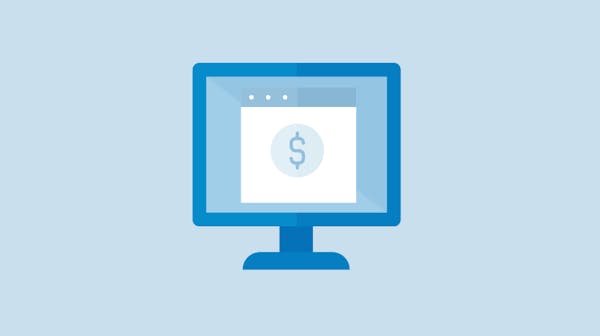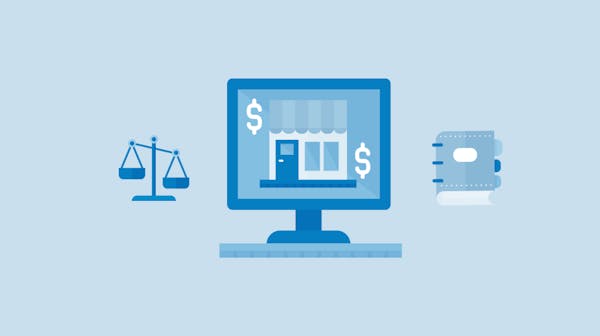The quintessential approach to invoicing a client revolves around creating a detailed and professional invoice, but it's equally crucial to know when and how to follow up to ensure timely payment.
Understanding the Basics of Customer Invoicing
- The importance of invoicing in business operations
Invoicing isn't just about getting paid; it's the linchpin of all business interactions. A well-structured invoice ensures there's a paper trail for legal purposes, assists in bookkeeping, and clarifies expectations between you and your client.
- Key components of an effective invoice
A perfect invoice contains more than just the amount due. It should clearly lay out every detail crucial to the transaction, from your business information and the client’s details to a detailed breakdown of services or goods provided. Make sure to include payment terms to encourage timely settlements. You can read about the essentials an invoice must contain here.
Setting Up Your Invoicing Process
- Choosing the right invoicing software or system
When choosing an invoicing tool, look for one that allows you to create invoices online quickly and without hassle. Try InvoiceOnline today and experience simplicity in invoicing, along with features designed to streamline your entire billing process.
- Customizing your invoice template
Personalizing your invoice is key. Incorporate your logo, choose a clean font, and use your brand colors. Always leave space for client-specific notes. Online templates can be a starting point, but ensure you always add a personal touch to reflect your business's uniqueness.
Preparing the Invoice
- Gathering all necessary information about the sale
Organizing sale details upfront will minimize back-and-forth with the client. Collect everything, from the date and description of the goods or services to pricing and taxes.
- Detailing charges and services provided
Itemizing each charge on the invoice leaves no room for confusion. Be transparent with pricing, discounts, taxes, and any additional fees to foster trust and ease potential disputes. Here's a resource to help structure your issued invoices.
Sending the Invoice to Your Client
- Deciding on the right time to invoice
The general rule is to send an invoice immediately after providing a service or delivering a product. However, you should align this with any prior agreements or industry norms. For retainer services, it could be beneficial to invoice at the start of the billing cycle.
Ensuring the invoice is sent to the correct contact person
For larger organizations, confirm the accounts payable department details before engagement. Networking within the client's company can also help in getting this information. Always ask for the contact person during contract negotiations.
Following Up on Invoices
- Implementing a follow-up strategy for unpaid invoices
A follow-up email could start with a gentle reminder acknowledging your client's busy schedule and gradually progress in tone over time. Templates are available online but customize them to maintain consistency with your business's communication style.
- Legal actions in case of non-payment
Initially, a formal demand letter may suffice, which clarifies the debt owed and the deadline for payment. If there's no response, consider small claims court or hiring a collections agency as a last resort. This article explains the procedures for debt recovery when facing non-payment.
Learning from Experience
- Regularly reviewing your invoicing process
Look for delayed payments patterns, confusion about payment terms among clients, or manual process steps that could be automated. A common bottleneck is inadequate follow-up on overdue invoices—consider setting up automated reminders.
- Adapting to customer feedback and industry standards
Request feedback on your invoicing process from your clients. Are the payment methods accessible and convenient for them? Stay abreast of industry trends through webinars, podcasts, and networking to ensure your invoicing reflects current standards. Discover the advantages of evolving online invoicing systems here.




